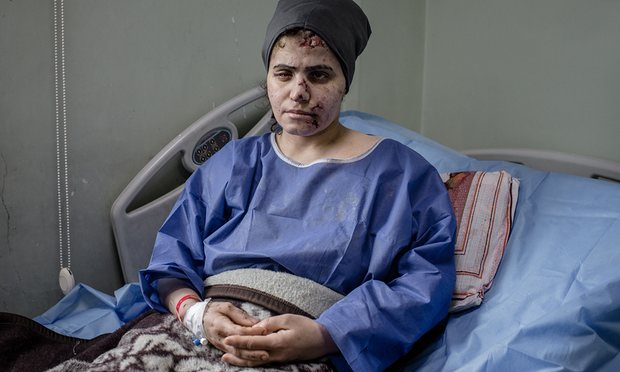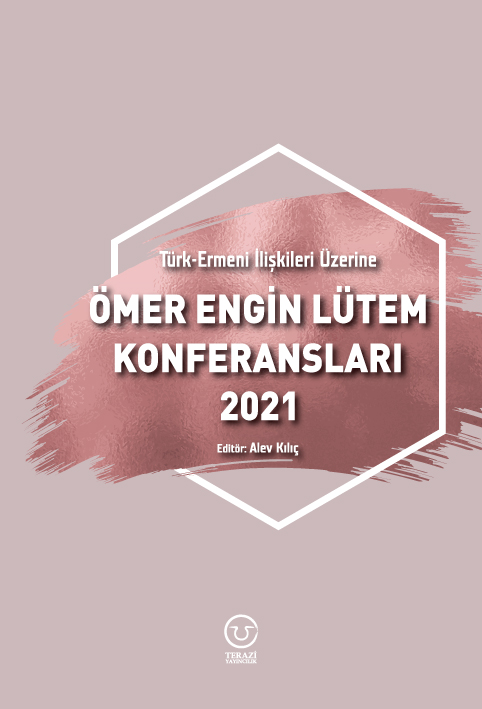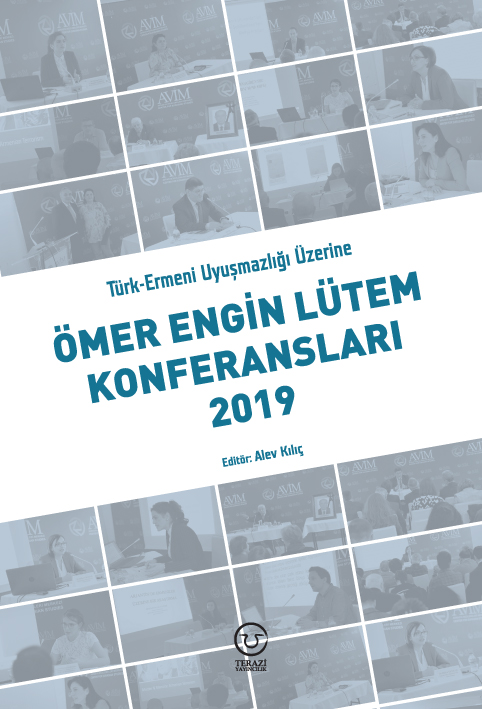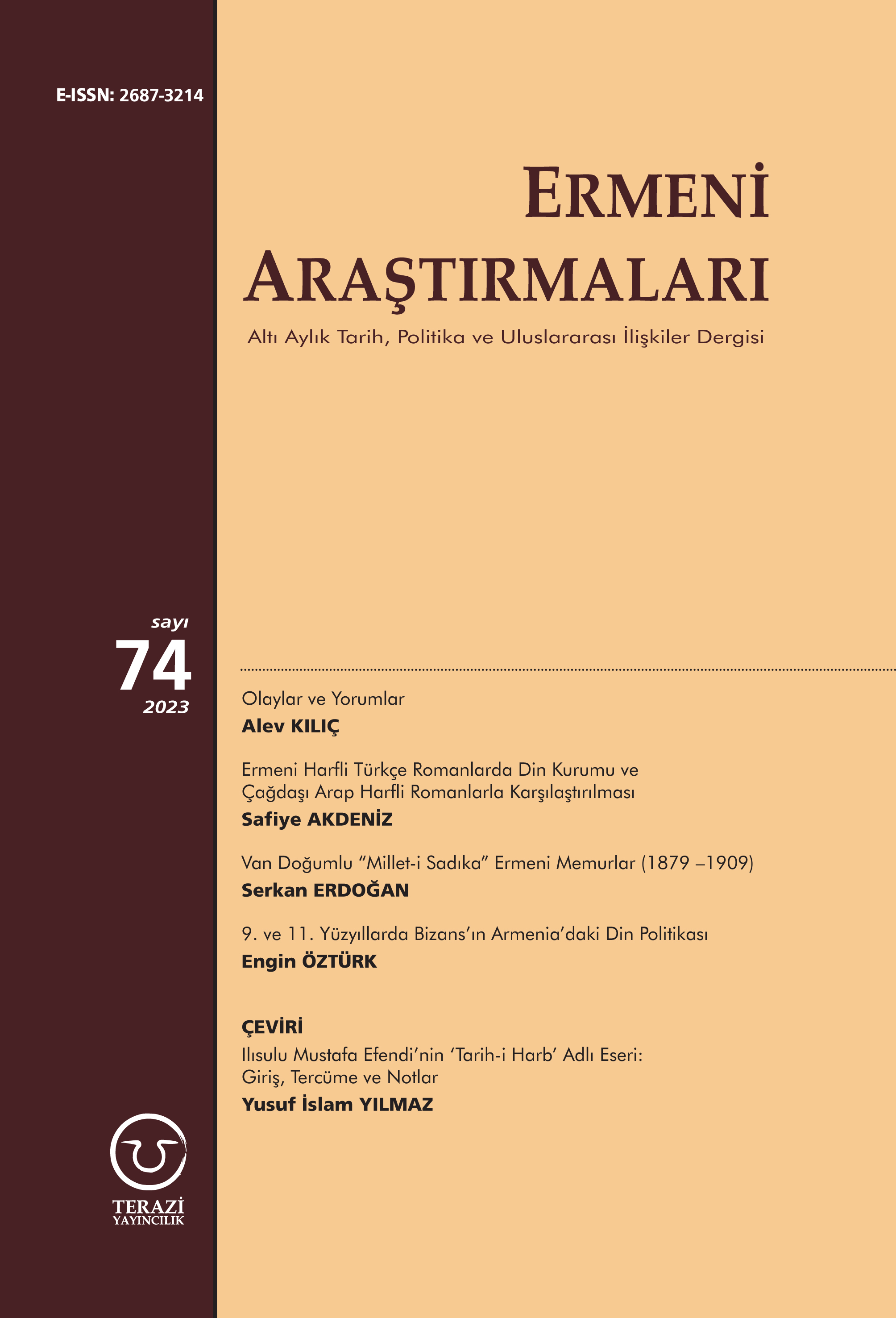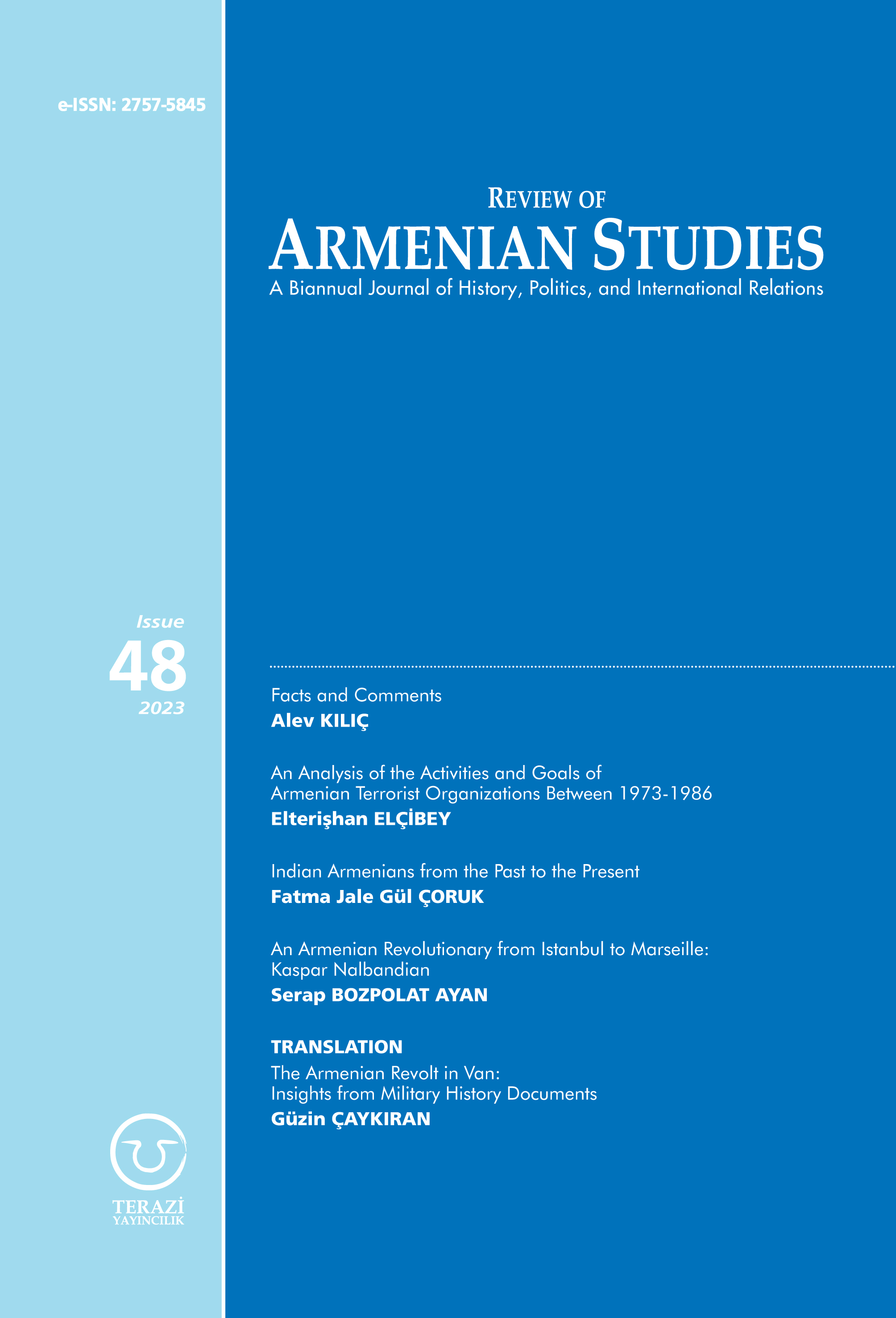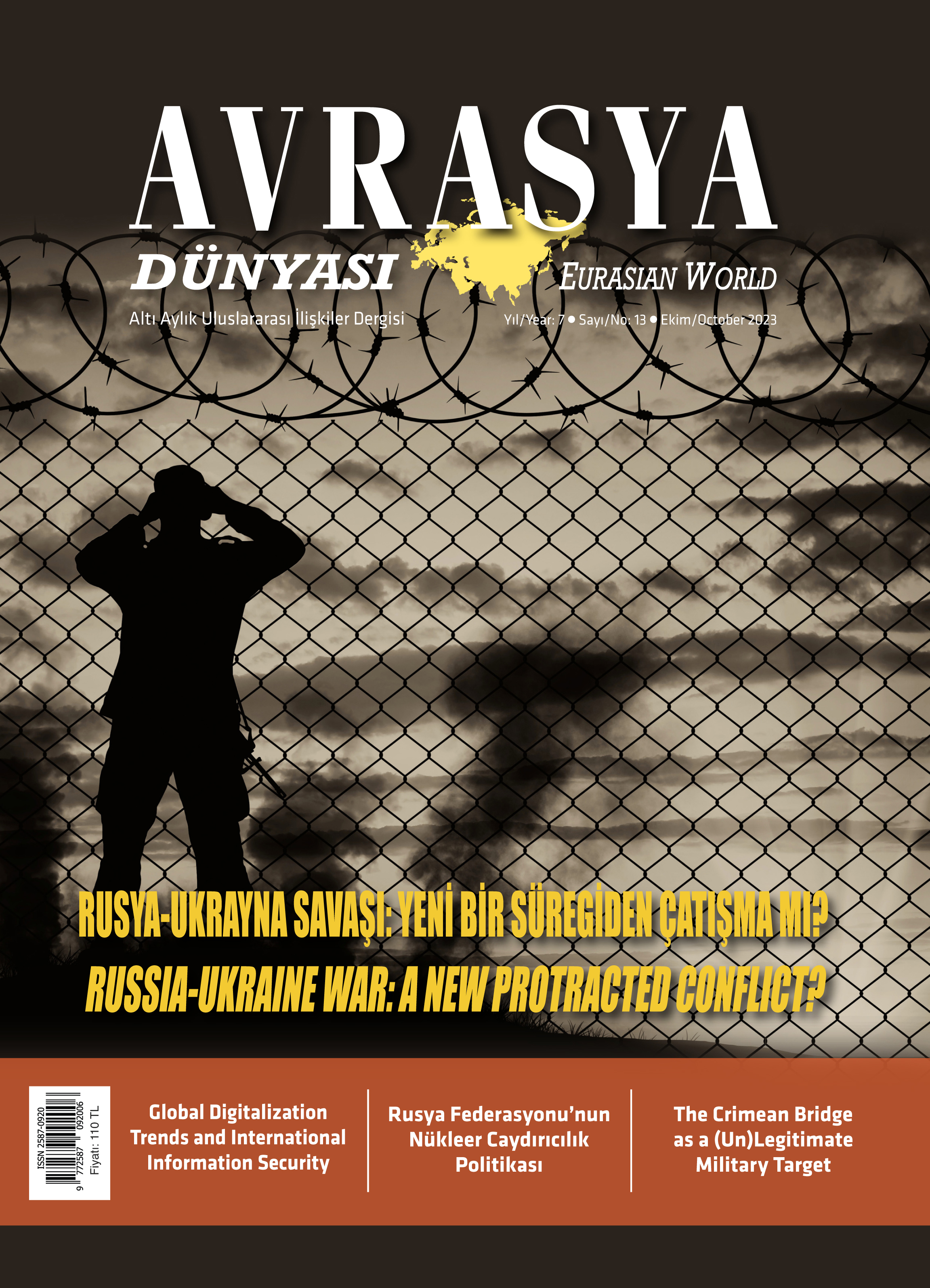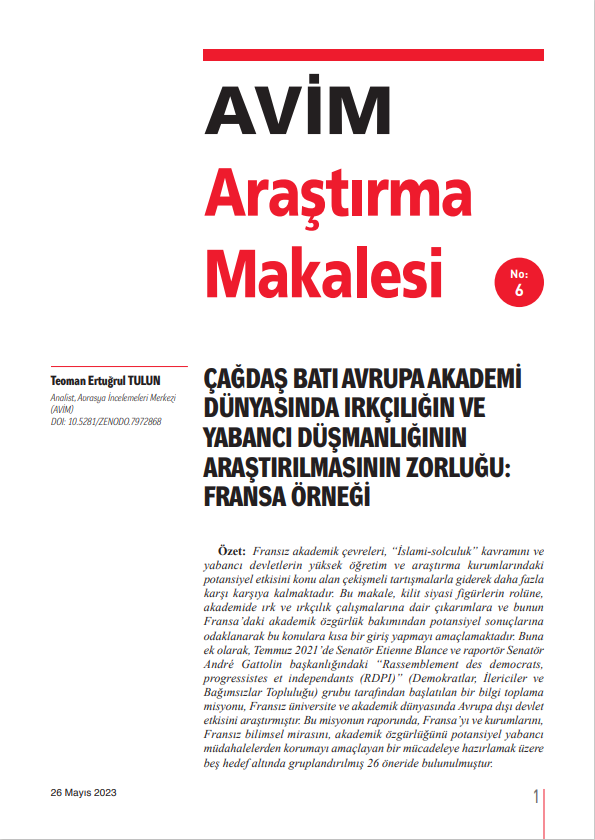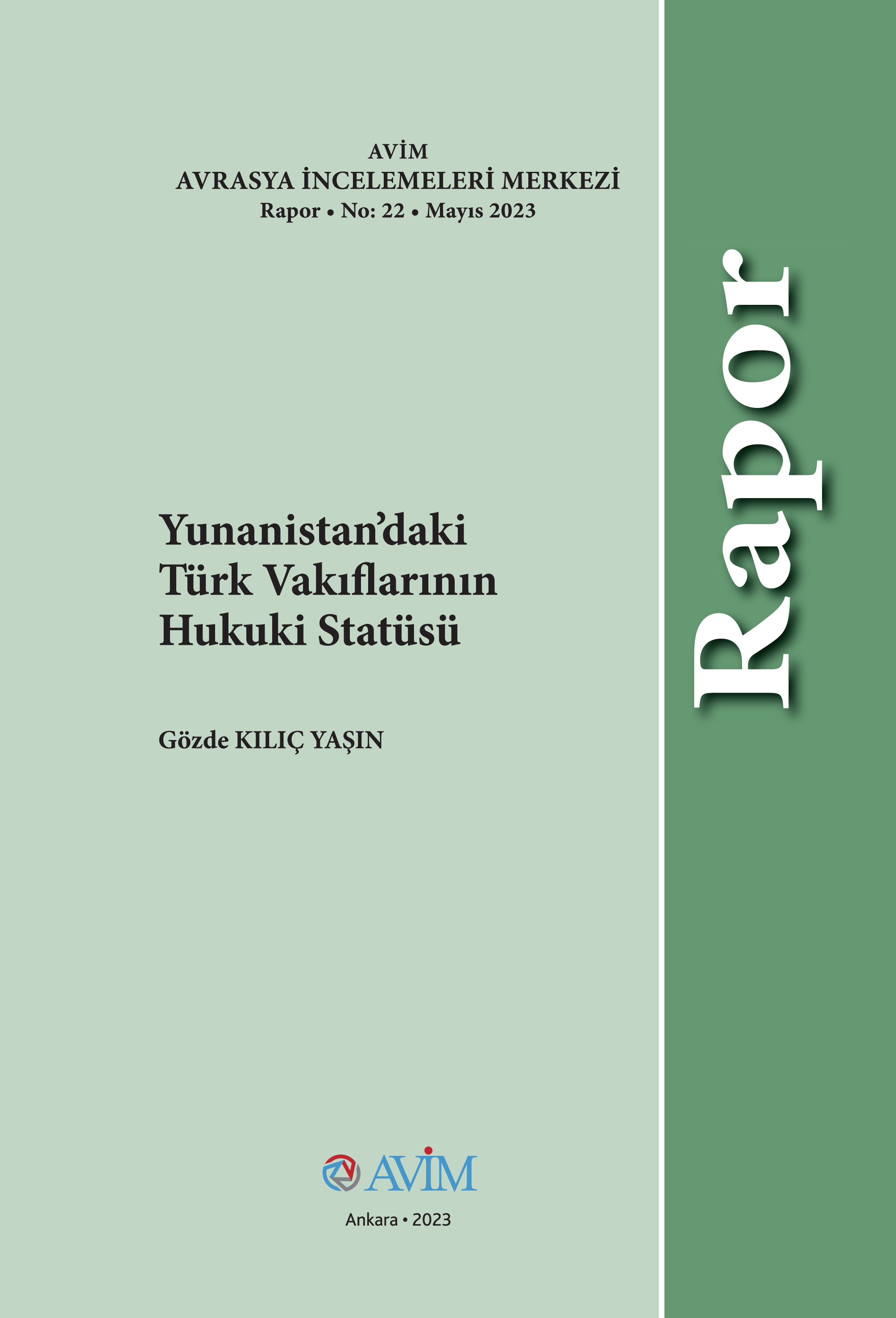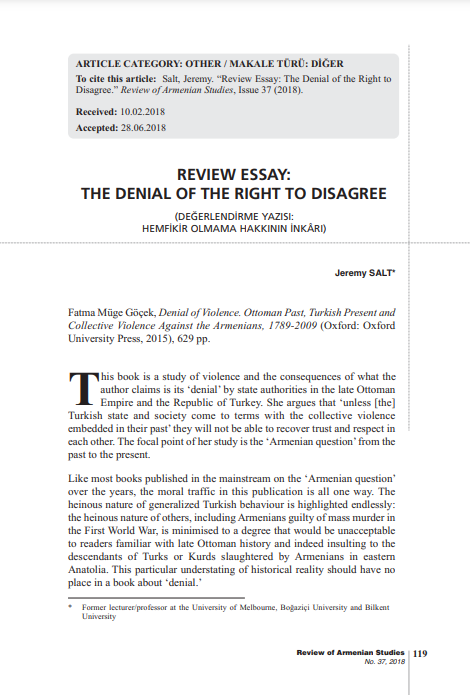Download PDF :


The Guardian (28 MARCH 2017)
The UN has urged Iraqi and US-led forces to do more to protect civilians in the war against Islamic State in Mosul and accused the terror group of herding trapped residents into buildings that are likely to be targeted by airstrikes.
The intervention by the UN’s high commissioner for human rights, Zeid Ra’ad al-Hussein, comes after at least 150 people died in a series of coalition airstrikes – detailed by the Guardian last week – on one neighbourhood in the ravaged west of the Iraqi city.
The devastation prompted claims that protocols governing the use of bombs dropped from jets have been loosened since the start of the Mosul operation.
In a report released on Tuesday, Zeid implored Iraqi forces and the coalition to “avoid the trap” of targeting buildings in which Isis had placed explosives and told residents to take shelter.
Such a scenario has been central to a debate that is still raging as more bodies from the 17 March attacks are recovered from the Jadidah neighbourhood in Mosul. On Tuesday the top US commander in Iraq acknowledged the likelihood that the US-led coalition had a role in the blasts, but said that Isis may also be to blame.
“My initial assessment is that we probably had a role in these casualties,” Lt Gn Stephen Townsend told a Pentagon news briefing. “What I don’t know is were they [the civilians] gathered there by the enemy? We still have some assessments to do … My initial impression is the enemy had a hand in this. And there’s also a fair chance that our strike had some role in it.”
Townsend added that the munitions used by the US should not have been able to bring down the entire building.
The US has previously admitted that coalition jets were bombing in the area that day and launched a formal investigation into why three buildings, in which civilians were hiding, had been hit.
While there have been reports of Isis troops setting booby traps in other homes as they flee Mosul, locals who survived, or witnessed, the strikes said they are in no doubt that bombs dropped from jets caused the devastation – and not explosives left in the homes in which they hid, as has been claimed by the Iraqi government.
Iraqi officials have rejected a claim by Maj Gen Maan al-Saadi, the commanding officer of special operations forces who are fighting in the area, that airstrikes caused the damage and were called in by Iraqi officers. The US has also said that the attacks were requested by the Iraqi military.
Iraqi political and military leaders have been anxious to position themselves as liberators of Mosul – the last main stronghold of Isis in Iraq – and are sensitive to criticism that civilians have been killed or mistreated as the battle for the remaining districts of the city intensifies. Zeid called on Iraqi and coalition forces to conduct transparent investigations into the Jadidah incident and other deadly attacks.
One survivor, Lina Shaab Ahmed, 30, provided more detail about the days – and moments - before the explosion that killed at least 90 people in one home, trapping her in the rubble.
Speaking from an Erbil hospital, she said: “On [the previous] Monday, the Islamic State launched a car bomb and prepared a bomb in a truck. They came to us and told us not to be scared as they would attack the Iraqi forces. We were hiding in one house and a big explosion blew out the windows. An Islamic State soldier came to us and said, ‘If you want to leave, leave, it is not safe.’
“He said that the big house where the explosion happened was safe. The basement was full of refugees. The ground floor was for the family that owned the house. Myself, my family and parents-in-law went to the second floor. I believe there were about 150 people in the house. There was an Isis sniper on the roof. I saw the plane approaching with my own eyes. I saw it from the window.”
She did not describe secondary explosions that are typical of a booby-trapped house being hit and claimed the enormous damage was caused by several airstrikes. At the site of the main attack, adjoining buildings remain structurally intact, indicating a precisely targeted explosive force that did not spread outwards.
A different blast pattern was evident in two nearby homes, in which dozens of people were also killed, with damage concentrated at the front of both buildings.
An Iraqi federal police officer running through a sniper alley in west Mosul on Monday.
Facebook Twitter Pinterest
An Iraqi federal police officer running through a sniper alley in west Mosul on Monday. Photograph: Cengiz Yar
While several witnesses at the scene did describe civilians being urged by Isis to take shelter in the building, many others said people unwittingly took shelter and were not coerced to do so.
During a subsequent airstrike on 22 March in the Rajm Hadid area, however, the UN said Isis did order people to take cover. “[They] reportedly filled the house with people from the surrounding neighbourhood, including children, and then used the house to launch rocket-propelled grenades against the Iraqi security forces,” a spokesman for Zeid said, quoting survivors.
“Clearly it is not easy,” he said. “We’re not saying it is. But they [the coalition and the Iraqi army] do have obligations under international humanitarian law.”
